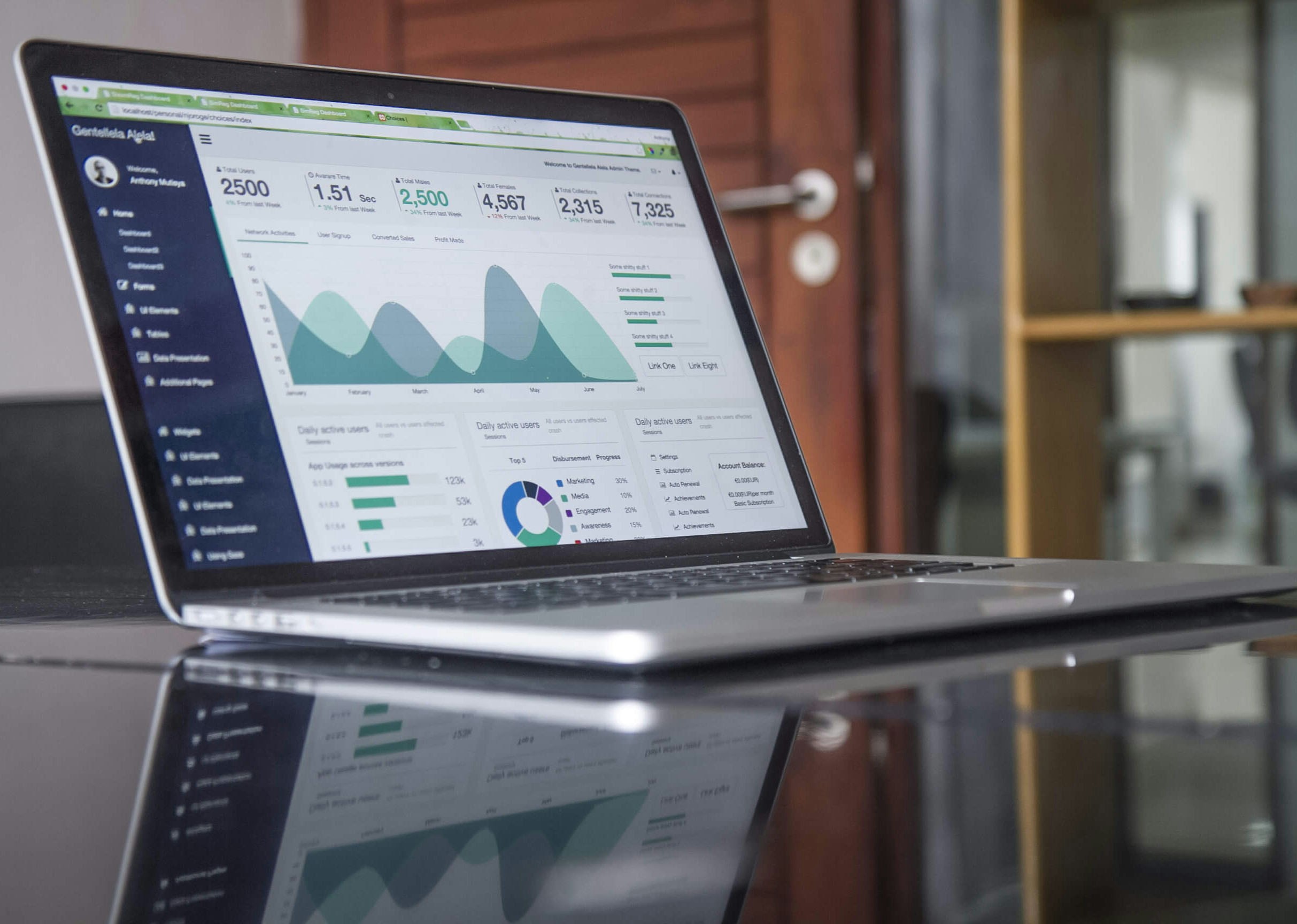Introduction to Data Analytics
Data analytics is the process of examining large sets of data to uncover patterns, insights, and trends that can help organizations make informed decisions. In today’s data-driven world, businesses are increasingly relying on data analytics to gain a competitive edge and drive growth. One of the most popular tools for data analytics is R, a powerful programming language and software environment for statistical computing and graphics.
Why Choose R for Data Analytics?
R offers a wide range of features and capabilities that make it an ideal choice for data analytics. Here are some key reasons why R is widely used in the field:
- Open-source: R is an open-source language, which means it is freely available and can be modified and distributed by anyone. This has led to a large and active community of R users who contribute to its development and provide support.
- Statistical capabilities: R provides a comprehensive set of statistical functions and packages that allow users to perform a wide range of data analysis tasks, from basic descriptive statistics to advanced predictive modeling.
- Data visualization: R offers powerful tools for creating visualizations, including graphs, charts, and interactive dashboards. These visualizations can help analysts and stakeholders understand complex data and communicate insights effectively.
- Data manipulation: R provides extensive capabilities for manipulating and transforming data, including merging datasets, reshaping data, and handling missing values. This flexibility allows analysts to clean and preprocess data before analysis.
- Integration with other languages and tools: R can be easily integrated with other programming languages, such as Python and SQL, and with popular data analytics tools like Tableau and Hadoop. This makes it a versatile tool for data integration and collaboration.
Getting Started with R for Data Analytics
If you’re new to R and want to start using it for data analytics, here are some steps to get you started:
- Install R and RStudio: R can be downloaded from the official R website (https://www.r-project.org/), and RStudio, an integrated development environment (IDE) for R, can be downloaded from the RStudio website (https://www.rstudio.com/). Install both on your computer.
- Learn the basics of R: Familiarize yourself with the basic syntax and structure of R. There are numerous online tutorials, courses, and books available to help you learn R, such as “R for Data Science” by Hadley Wickham and Garrett Grolemund.
- Explore R packages: R has a vast ecosystem of packages that extend its functionality. Explore and install packages that are relevant to your data analytics needs, such as “dplyr” for data manipulation and “ggplot2” for data visualization.
- Import and clean your data: Use R to import your data into a data frame, which is a common data structure in R. Clean and preprocess your data as needed, such as handling missing values and removing outliers.
- Analyze and visualize your data: Use R’s statistical functions and packages to perform data analysis tasks, such as calculating descriptive statistics, conducting hypothesis tests, and building predictive models. Create visualizations to present your findings.
- Communicate your insights: Use RMarkdown, a tool integrated with RStudio, to create reports and presentations that combine code, analysis results, and visualizations. This allows you to share your findings with others in a reproducible and interactive format.
Conclusion
R is a powerful tool for data analytics, offering a wide range of features and capabilities that can help you uncover valuable insights from your data. Whether you’re a beginner or an experienced analyst, learning R can enhance your data analytics skills and open up new opportunities for data-driven decision making. So, why not start exploring R today and unlock the full potential of your data?




